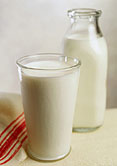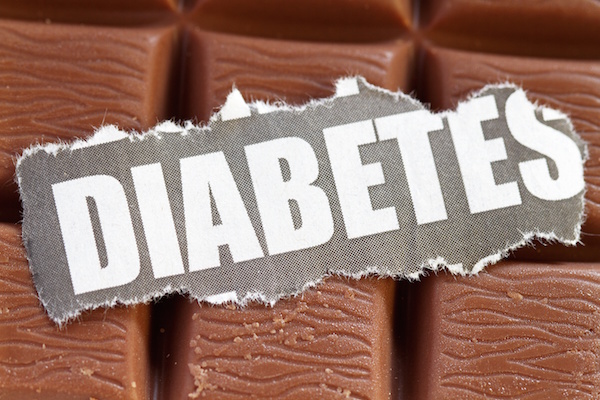
MONDAY, Dec. 20 (HealthDay News) — New research suggests that whole-fat dairy products — generally shunned by health experts — contain a fatty acid that may lower the risk of type 2 diabetes.
The fatty acid is called trans-palmitoleic acid, according to the study in the Dec. 21 issue of the Annals of Internal Medicine, and people with the highest blood levels of this fatty acid reduce their odds of diabetes by 62 percent compared to those with the lowest blood levels of it.
In addition, “people who had higher levels of this fatty acid had better cholesterol and triglyceride levels, lower insulin resistance and lower levels of inflammatory markers,” said study author Dr. Dariush Mozaffarian, co-director of the program in cardiovascular epidemiology at Brigham and Women’s Hospital and Harvard School of Public Health.
Circulating palmitoleic acid is found naturally in the human body. It’s also found in small quantities in dairy foods. When it’s found in sources outside the human body, it’s referred to as trans-palmitoleic acid. Whole milk has more trans-palmitoleic acid than 2 percent milk, and 2 percent milk has more of this fatty acid than does skim milk.
“The amount of trans-palmitoleic acid is proportional to the amount of dairy fat,” said Mozaffarian.
Animal studies of the naturally occurring palmitoleic acid have previously shown that it can protect against insulin resistance and diabetes, said Mozaffarian. In humans, research has suggested that greater dairy consumption is associated with a lower diabetes risk. However, the reason for this association hasn’t been clear.
To assess whether this overlooked and relatively rare fatty acid might contribute to dairy’s apparent protective effect, the researchers reviewed data from over 3,700 adults enrolled in the Cardiovascular Health Study.
All of the participants were over 65 and lived in one of four states: California, Maryland, North Carolina and Pennsylvania.
Blood samples were analyzed for the presence of trans-palmitoleic acid, as well as cholesterol, triglycerides, C-reactive protein and glucose levels. Participants also provided information on their usual diets.
People with higher levels of trans-palmitoleic acid had slightly less fat on their bodies, according to the study. They also had higher “good” cholesterol levels and lower overall cholesterol levels. They had lower levels of C-reactive protein, a marker of inflammation. And they showed evidence of lower levels of insulin resistance, according to the study.
Most significantly, however, those with higher trans-palmitoleic acid levels had lower odds of developing type 2 diabetes. Those with the highest levels of trans-palmitoleic acid reduced their odds of type 2 diabetes by nearly two-thirds.
Mozaffarian said it’s difficult to know exactly how many servings of dairy it would take to get to the highest levels of trans-palmitoleic acid, but said it was likely three to five servings a day, depending on the type of dairy consumed.
However, he said, it’s too soon to make any dietary recommendations based on the results of just this finding.
“This study confirms that something about dairy is linked very strongly to a lower risk of diabetes, but no single study should be enough to change guidelines,” he said, adding that he hopes this study will spur more research.
Dr. Sue Kirkman, senior vice president of medical affairs and community information for the American Diabetes Association, agreed that it’s too soon to change dietary guidelines, but said the findings do suggest “that things may be more complicated than we might simplistically think. It looks like we can’t say all trans-fats are bad, as this one was associated with decreases in diabetes, insulin resistance and C-reactive protein levels.”
Dr. Joel Zonszein, director of the Clinical Diabetes Center at Montefiore Medical Center in New York City, concurred, noting, “this was a very nice, and very robust, association. Maybe whole milk isn’t so bad, but I don’t think there’s enough evidence to show that we should start drinking whole milk. We need to understand the mechanism behind this association. Dietary changes in this country tend to be to extremes, but this study should not be used to make changes in the diet; it’s just an observation right now.”
More information
Learn more about what you can do to help prevent diabetes from the U.S. Centers for Disease Control and Prevention.

